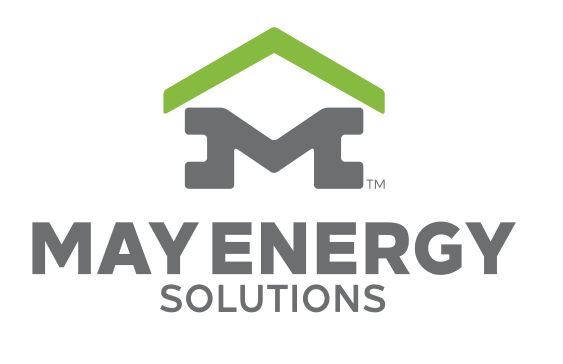Spray Foam Insulation
Spray foam is a relatively new type of insulation where two components are sprayed together, and a chemical reaction takes place and plastic foam insulation is formed inside the wall or on the roof deck between the roof rafters. Spray foam’s advantages are higher insulation values, the insulation fills the space being insulated and completely surrounds wiring or plumbing so there are no gaps to affect performance. Since most homes in Texas have the HVAC system and ducts in the attic, spray foam offers several other advantages. It puts the system and the ducts inside the insulation envelope, so instead of operating in a 120 degree attic in the summer, with spray foam on the roof deck they are operating in an attic that is typically 80 degrees. This helps the system perform more efficiently, and prolongs the life of the system. The drawbacks to spray foam are the volatiles it puts off while it cures so it must be applied by trained contractors with specialized equipment. Typically the home must not be occupied for 24 hours after application to allow for curing of the foam and ventilation of the home.
For new construction, spray foam is a great option to achieve peak energy efficiency. However to achieve its full potential, spray foam must be combined with other good building practices such as efficient doors and windows, sealing the bottom plate and other penetrations that the foam does not seal, and an HVAC system sized and installed to properly work with the spray foamed home.”
Spray foam is potentially an excellent option for upgrading the insulation in an existing home. In leaky, poorly insulated older homes, spray foam insulation can save up to 40% on heating and cooling costs. The existing HVAC system must be evaluated by a knowledgeable HVAC contractor to ensure it will work properly with a spray foamed attic and provide proper dehumidification of the attic as well as the living space.







